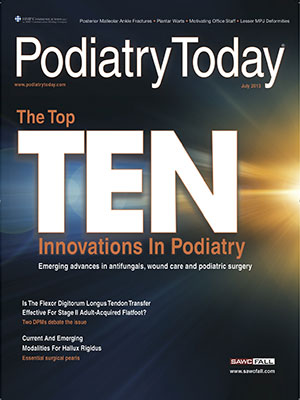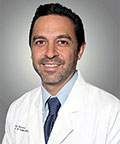- Home
- Foot & Ankle Conditions
- Achilles Tendon Injuries
- Achilles Tendon Rupture
Achilles Tendon (Calcaneal Tendon) Rupture
- Published 9/18/2018
- Last Reviewed 11/13/2024
What's an Achilles rupture?
The Achilles tendon is the strong fibrous cord that connects the powerful muscles in the lower leg to your heel bone.
An Achilles tendon tear, also known as a rupture, involves a full separation of the tendon fibers, where the tendon splits into two parts.
This injury typically happens about two to three inches above where the tendon connects to the heel bone, though it can also occur right at the heel attachment or even higher up on the calf.
An Achilles rupture is often the result of forceful jumping, pivoting, or running "gone wrong." A fall or trip can also cause the Achilles to rupture.
- What are the symptoms of a ruptured or torn Achilles?
- What are risk factors for an Achilles tendon rupture?
- How is a torn Achilles tendon diagnosed?
- What are treatments for torn Achilles tendon?
- What is the PARS Procedure?
- Achilles tendon repair surgery recovery
- What happens with untreated Achilles tendon ruptures?
- Achilles Rupture Patient Review, in his own words...
- Why UFAI is the Best Choice for Achilles Tendon Injuries
- Ruptured Achilles FAQs
- How can you prevent Achilles tendon injuries?
- Can Achilles tendinitis or tendinosis contribute to a rupture?
- What is insertional Achilles tendonitis?
- How should one manage the symptoms of an Achilles tendon rupture before seeking medical attention?
-
ABFAS® Board Certified in Foot Surgery and Reconstructive Rearfoot and Ankle Surgery. and Director of University Foot and Ankle Institute
Dr. Bob Baravarian DPM, FACFAS is a Board-Certified Podiatric Foot and Ankle Specialist. He is an assistant clinical professor at the UCLA School of Medicine and serves as Director of University Foot and Ankle Institute.
Dr. Baravarian has been involved in athletics his entire life and played competitive tennis in high school and college. He has an interest in sports medicine, arthritis therapy, and trauma/reconstructive surgery of the foot and ankle. He is also fluent in five languages (English, French, Spanish, Farsi, and Hebrew),
-
ABFAS® Board Certified in Foot Surgery and Reconstructive Rearfoot and Ankle Surgery. and Director of University Foot and Ankle Institute
Dr. Bob Baravarian DPM, FACFAS is a Board-Certified Podiatric Foot and Ankle Specialist. He is an assistant clinical professor at the UCLA School of Medicine and serves as Director of University Foot and Ankle Institute.
Dr. Baravarian has been involved in athletics his entire life and played competitive tennis in high school and college. He has an interest in sports medicine, arthritis therapy, and trauma/reconstructive surgery of the foot and ankle. He is also fluent in five languages (English, French, Spanish, Farsi, and Hebrew),
Read Our Achilles Tendon Blog Articles
- An Inside Look at Shockwave Therapy for Heel Pain, now available in Valencia, CA
- Avoiding Foot and Ankle Overuse Injuries While Dog Walking
- How Carrying Extra Weight Affects Your Feet and Ankles
- What's Plantar Tendonitis and Why is it Still a "Medical Mystery"?
- Got Plantar Fasciitis or Achilles Tendonitis? Could PRP, Amniox Stem Cells or Cortisone Answer Your Pain Relief Prayers?
- Your Lower Back Pain May Be Caused By How You Walk
- Common Prescriptions and OTC Medications That Affect Your Feet and Certain Foot and Ankle Conditions
- Achilles Tendinitis Treatment Do’s and Don’ts
- Beat the 6 Most Common Walking Pains
 Excellent care. Love this place.Alfred W.
Excellent care. Love this place.Alfred W. Please provide handicap parkingBarry S.
Please provide handicap parkingBarry S. My visit to the foot&ankle Institute, to be seen and evaluated by Dr.Franson was very productive, informative and was conduc...Jerry S.
My visit to the foot&ankle Institute, to be seen and evaluated by Dr.Franson was very productive, informative and was conduc...Jerry S. Dr. Ambibola Johnson is awesome!Laurie S.
Dr. Ambibola Johnson is awesome!Laurie S. I appreciate the care and timeliness of all my appointments I’ve had at UFAI. Gray, Lydia and the staff all are wonderful. Lydi...Edelmira G.
I appreciate the care and timeliness of all my appointments I’ve had at UFAI. Gray, Lydia and the staff all are wonderful. Lydi...Edelmira G. Very greatfull for the doctor and stuffJesus M.
Very greatfull for the doctor and stuffJesus M. Doctor was very caringBrigitte S.
Doctor was very caringBrigitte S. Everyone is very nice and efficient-
Everyone is very nice and efficient-
Especially Dr Kelman. He takes very good care of me!!Claudia K. Great costumer service.
Great costumer service.
Prompt and efficientDean W. Dr. Franson is Very caring and compassionate about his patients.Shari V.
Dr. Franson is Very caring and compassionate about his patients.Shari V. No . I’m pleased with the care .Michael P.
No . I’m pleased with the care .Michael P. Appreciate the professionalism and expertise, as well as the caring.Stella G.
Appreciate the professionalism and expertise, as well as the caring.Stella G.
-
 Listen Now
What's Plantar Tendonitis and Why is it Still a "Medical Mystery"?
Read More
Listen Now
What's Plantar Tendonitis and Why is it Still a "Medical Mystery"?
Read More
-
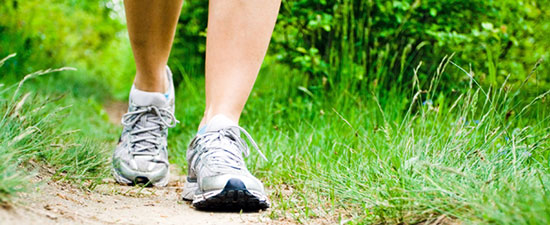 Listen Now
Beat the 6 Most Common Walking Pains
Read More
Listen Now
Beat the 6 Most Common Walking Pains
Read More
-
 Listen Now
Common Prescriptions and OTC Medications That Affect Your Feet and Certain Foot and Ankle Conditions
Read More
Listen Now
Common Prescriptions and OTC Medications That Affect Your Feet and Certain Foot and Ankle Conditions
Read More
-
 Got Plantar Fasciitis or Achilles Tendonitis? Could PRP, Amniox Stem Cells or Cortisone Answer Your Pain Relief Prayers?
Read More
Got Plantar Fasciitis or Achilles Tendonitis? Could PRP, Amniox Stem Cells or Cortisone Answer Your Pain Relief Prayers?
Read More
-
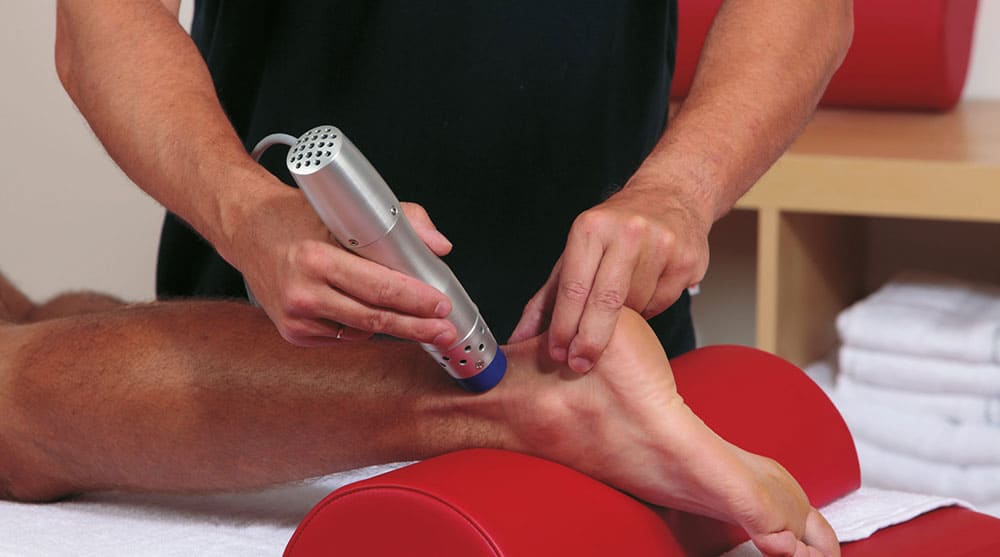 Listen Now
An Inside Look at Shockwave Therapy for Heel Pain, now available in Valencia, CA
Read More
Listen Now
An Inside Look at Shockwave Therapy for Heel Pain, now available in Valencia, CA
Read More
-
 Listen Now
Your Lower Back Pain May Be Caused By How You Walk
Read More
Listen Now
Your Lower Back Pain May Be Caused By How You Walk
Read More
-
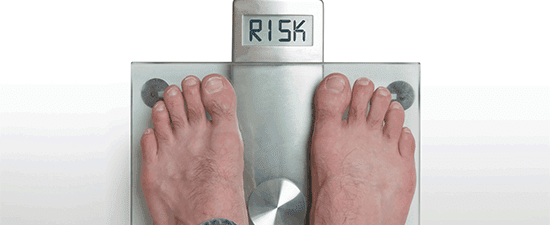 Listen Now
How Carrying Extra Weight Affects Your Feet and Ankles
Read More
Listen Now
How Carrying Extra Weight Affects Your Feet and Ankles
Read More
-
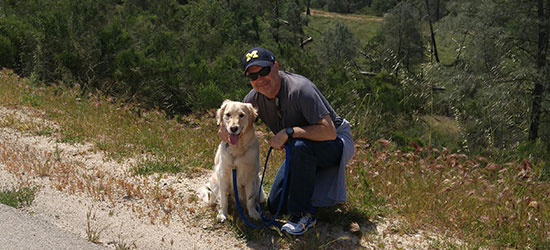 Listen Now
Avoiding Foot and Ankle Overuse Injuries While Dog Walking
Read More
Listen Now
Avoiding Foot and Ankle Overuse Injuries While Dog Walking
Read More
-
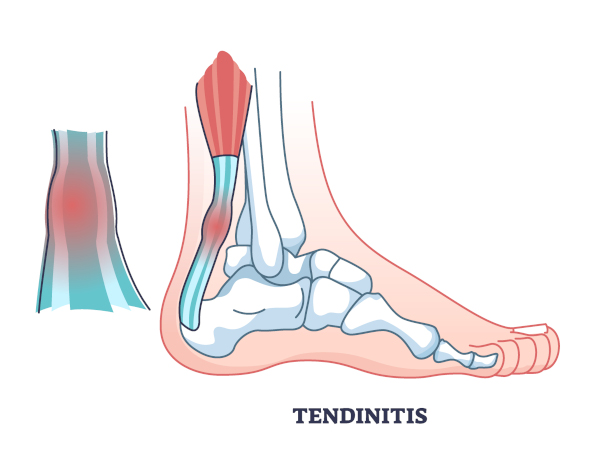 Achilles Tendinitis Treatment Do’s and Don’ts
Read More
Achilles Tendinitis Treatment Do’s and Don’ts
Read More
